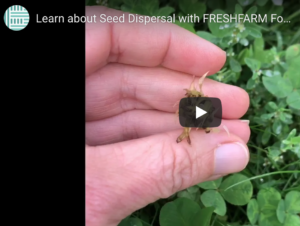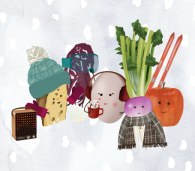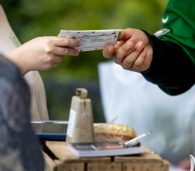FoodPrints Adapts Lessons for Virtual Learning
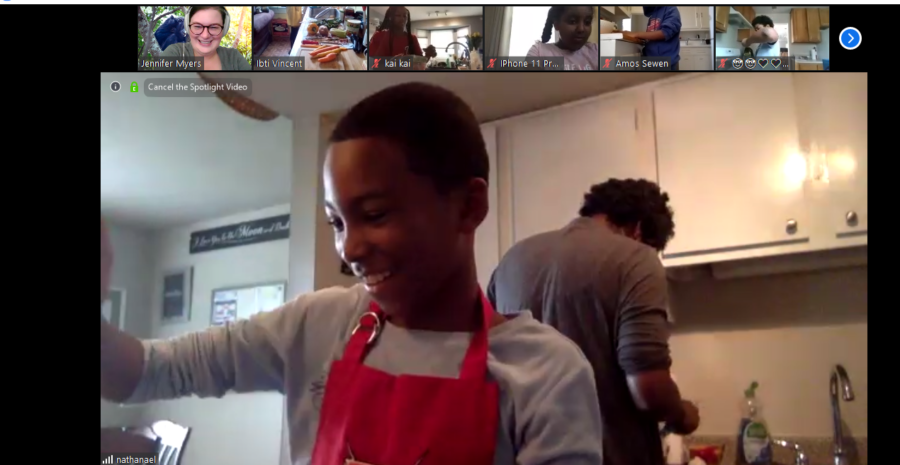
Through FoodPrints live classes, our staff are engaging students in lessons based on our curriculum with creative adaptations for virtual learning. We are focusing on reinforcing academic learning, fostering independence, and bringing joy to learning, as we did while we were together in the classroom.
Read on to learn more about how we have adapted our FoodPrints lessons for virtual learning.
PHOTOSYNTHESIS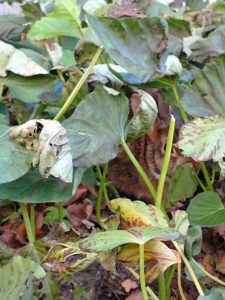
In this lesson, students learn how “Leaves provide food for plants.” They develop an understanding of the process of photosynthesis and its importance to all living things. During virtual learning, our students are engaging with this lesson through:
MOVEMENT: Students create and perform movements that correlate with the major components of photosynthesis: a plant, the sun, carbon dioxide, water and nutrients.
SONG: The class sings along together to the Photosynthesis Song, by Peter Weatherall. The class discusses the song, and then students write and share their own song.
SCIENCE: Students are leaf ‘scientists’ using leaves they collect with their caretakers at home. They observe the different kinds of leaves they collect, and how they show photosynthesis in action. Students review the different structures of the leaves that help with photosynthesis.
EAT THE RAINBOW
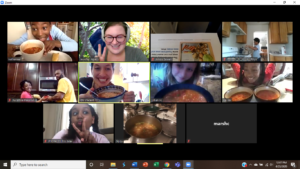
In this lesson, students learn that there are many health benefits to eating fruits and vegetables in a variety of colors. During virtual learning, this lesson is adapted in these ways:
LITERACY: The class listens to a read aloud of the book “Rainbow Stew” by Catherine Falwell, and discuss all of the different color fruits and vegetables that the kids and grandfather cook with in the story.
NUTRITION: As a class, students brainstorm fruits and vegetables of different colors, and review the health benefits of each. Students name as many examples of fruits and vegetables of a certain color. The class discusses the benefits of eating different colors of the rainbow.
NUTRITION & MOVEMENT: Students search to find a naturally colorful food in their kitchen in a rainbow scavenger hunt. Students review the multitude of options available to choose from (not just fresh produce- black beans, white/yellow eggs, tomato sauce, etc!). Students share what they find, and note how many different colors the class was able to come up with.
SEED DISPERSAL
In this lesson, students study seeds that fly and understand why and how seeds disperse. Virtual adaptations of this lesson include:
SCIENCE: The class watches a video that introduces the concept of seed dispersal. The video, made by a FoodPrints teacher, shows her searching for seeds and exploring the different ways that the seeds disperse, or travel.
LITERACY: Students listen to a read aloud of the book Flip Float Fly by Joann Early Macken, and discuss with their teacher.
MOVEMENT: As a class, students mimic with their bodies, each of the ways seeds can fly (ex. maple tree seeds: twirl in a circle, acorns: drop to the floor, dandelions: pretend to be blowing through the wind, apple (seeds): mimic animals eating).
SCIENCE & ART: Independently, students design and make seed envelopes to store seeds or design a plant that uses flight to disperse its seeds.

